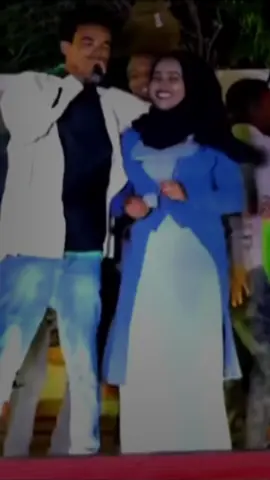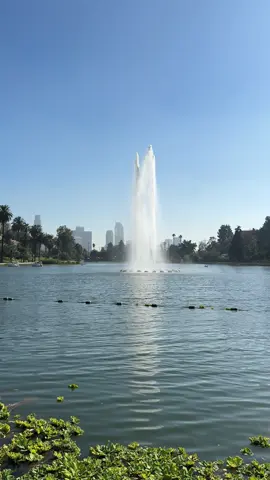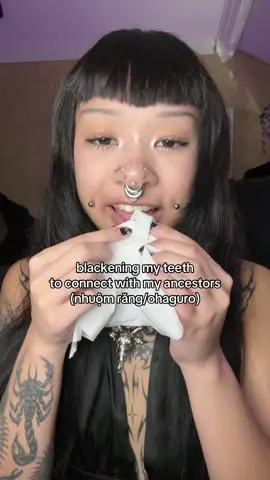geylanidervişi
Region: TR
Saturday 15 November 2025 11:30:38 GMT
212
18
1
2
Music
Download
Comments
AŞIKLAR GEYLANİ YOLUNDA :
❤❤❤
2025-11-18 15:44:54
1
To see more videos from user @geylanidervii, please go to the Tikwm
homepage.





